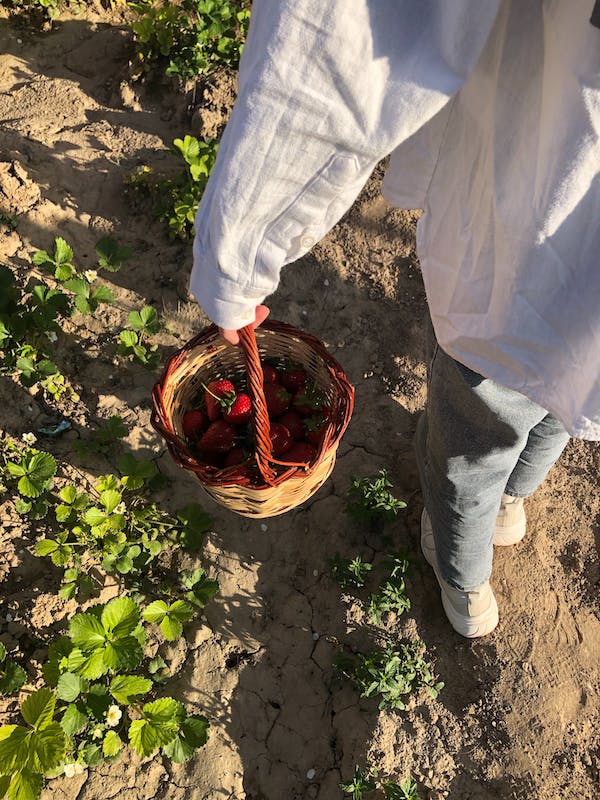Soil mites are small arthropods that can be found all over the world. They play an important role in our ecosystem by helping to break down organic material and make nutrients available to plants. Although they’re often overlooked, soil mites can have a big impact on our gardens, farms, and forests. In this blog post, we’ll discuss the good, the bad, and the ugly of soil mites, so you can make informed decisions about how to manage them.
What are soil mites?
Soil mites are tiny, eight-legged arthropods found in soil. They feed on organic matter and play an important role in the decomposition of plant material. They are also capable of damaging plant roots and transmitting disease to plants.
Soil mites are usually brownish or yellowish in color, and have long thin legs with a wide base. They can also have translucent bodies that allow them to easily blend in with their environment. There are several different species of soil mites, but the most common is the velvet mite. Velvet mites are easily identified by their bright red coloring and velvety texture.
Soil mites are incredibly hardy creatures and can survive in a variety of conditions. They can be found in soil all over the world, and thrive in moist, warm areas. In addition, they are able to survive extreme temperature changes, making them well adapted to survive in various climates.
Soil mites play an important role in the ecosystem by breaking down organic matter and providing essential nutrients to plants and other organisms. They are also beneficial predators, eating pests such as aphids, fungus gnats, and whiteflies.
The good: Soil mites are important for breaking down organic matter
Soil mites are an essential part of any healthy ecosystem, playing a major role in breaking down organic matter into plant-available nutrients. These tiny arthropods live just beneath the soil surface, where they feed on fungi, bacteria, and other organic material. In doing so, they help to release essential minerals such as nitrogen, phosphorus, and potassium back into the soil, allowing them to be absorbed by plants. Additionally, their activities also help to create a more hospitable environment for beneficial microorganisms that can improve soil structure and quality. The presence of soil mites also helps to aerate the soil and improve drainage, as well as reduce compaction.
Soil mites are important predators of pest insects, helping to keep insect populations in check and prevent damage to crops. They feed on the eggs, larvae, and pupae of various harmful pests, including aphids and root-knot nematodes. As such, they are a valuable form of biological control that can reduce the need for chemical pesticides.
Overall, soil mites are an important part of any healthy ecosystem, playing a key role in the decomposition of organic matter, nutrient cycling, and biological control of pest insects.

The bad: Soil mites can damage plant roots
Soil mites are small, eight-legged creatures that live in soil. They are usually found in large numbers and can quickly become a problem if they get out of control. While they serve an important role in breaking down organic matter, they can also cause significant damage to plant roots.
Mites feed on the root tips of plants, causing them to become weak and susceptible to disease. In some cases, the damage is so severe that the roots can no longer absorb water or nutrients from the soil. This can lead to reduced growth and production of the affected plant, or even death.
In addition to direct root damage, soil mites can also transmit diseases to plants. Many species of mites carry fungi and viruses that can infect plants and cause further damage.
It is important to identify and manage soil mite populations before they get out of control. Left unchecked, these creatures can cause serious damage to a garden or crop.
The ugly: Soil mites can transmit diseases to plants
Soil mites can be quite dangerous when it comes to plant health, as they are known to transmit a number of diseases. Many of these diseases can have serious consequences for the health of plants and their growth. Some of the more common diseases that soil mites can transmit include fusarium wilt, root rot, and phytophthora. These diseases can cause severe damage to the root system, affecting the overall health of the plant. In addition, some species of soil mites are known to act as vectors for a number of viruses, including some important crop pathogens.
Infected plants can experience a range of symptoms, including stunted growth, yellowing leaves, wilting and reduced yields. Unfortunately, these diseases can be very difficult to control once they have become established in a plant’s root system. As such, it is essential that gardeners take steps to prevent soil mites from transmitting these diseases in the first place. This can be achieved by regularly inspecting your plants for signs of damage, practicing crop rotation and avoiding overwatering or excessive fertilizer use.
How to control soil mites
When it comes to controlling soil mites, the most important step is prevention. The best way to prevent soil mites from invading your garden is to keep the soil dry. This means avoiding overwatering and reducing areas of standing water. Additionally, you should avoid tilling or digging when the soil is wet as this can attract soil mites.
If you have a soil mite problem, there are a few steps you can take to help control them. First, improve the drainage of your garden and reduce standing water. If necessary, you can also use a pesticide specifically designed to target soil mites. These products typically contain pyrethroids, which are synthetic insecticides that work against a variety of different pests.
Organic gardeners can also use natural methods to control soil mites. For instance, introducing predators such as predatory mites or nematodes can help keep soil mite populations in check. Other natural controls include creating barriers around plants and using beneficial fungi and bacteria to help break down organic matter in the soil.
In addition to these control methods, it is important to maintain a regular schedule of inspections and maintenance in order to catch any infestations before they become a major problem. Regularly checking your garden for signs of soil mites, such as brown or yellow patches on plant leaves, can help you stay ahead of the problem and take corrective action quickly.
By following these steps, you can help keep your garden free of soil mites and ensure that your plants are healthy and thriving.
Conclusion
Soil mites can play an important role in your garden ecosystem, helping to break down organic matter and enrich the soil. However, they can also cause damage to plant roots and transmit diseases. If you want to protect your plants from these pests, it’s important to understand how to identify and control them. Regular monitoring of your garden soil, combined with proper cultural practices such as crop rotation and proper fertilization, can help prevent soil mite populations from getting out of control. By following these steps, you can ensure that your garden is healthy and thriving.




